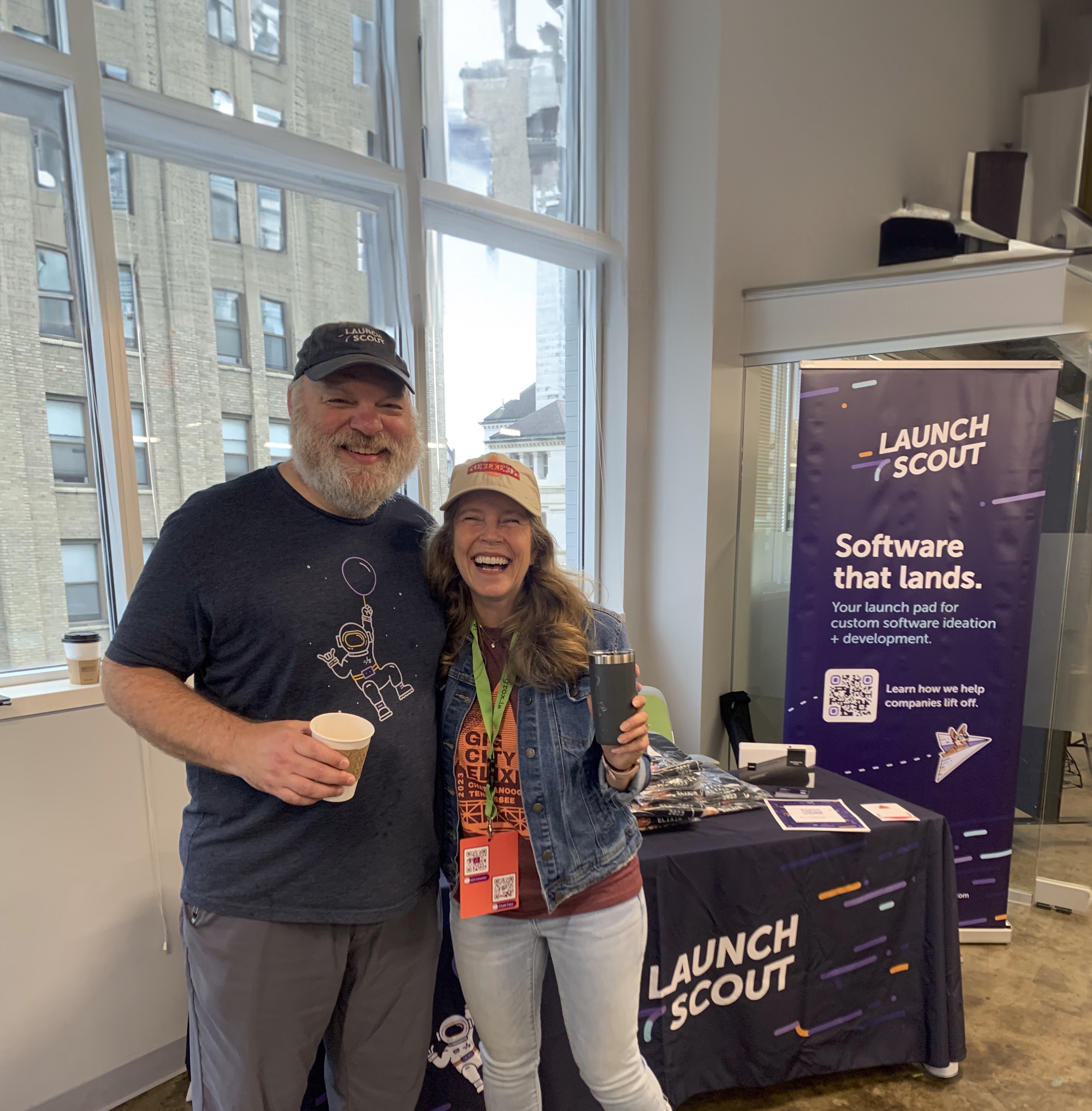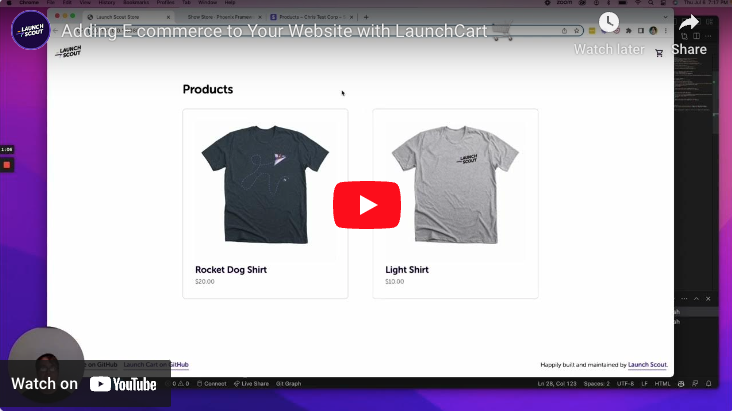
18 February 2014
3 Ways Your Web App is Different than Your Website
Web applications and websites are both accessible via your browser, both work on your desktop and phone, and both have the word “web” in them. When you dig beyond that, these things share little in common. Web applications and your company websites have different purposes, build-out, and maintenance. It’s important to keep in mind these three questions and manage your expectations when approaching the project.
1. Why is Your Customer Visiting?
This comes down to information versus interaction.
A website’s main purpose is to inform the user about the product. It should help the viewer answer their questions and while providing a clear call to action. Every website can inform the user as long as they contain some piece of information about the product.
An app’s main purpose is to have the customer interact with it. A user can expect to input information and receive useful output. It can have one main function, or a user can achieve many tasks all in one place. A web app can be as simple as a online shop or as complex as Facebook.
2. How Long Does It Take to Build?
Depending on the size and complexity of information, building a company website could take anywhere from a few minutes to a few weeks. There are tons of great templating tools and CMSs, like Squarespace and Wordpress, that can help a business owner get a website up and running. Most companies who want something customized will hire a website developer at a fixed price. There is a known set of information to include, which is why it’s easy to get a fairly accurate timeframe.
Developing a web application is more complicated. The scope of the project cannot be well-defined at the beginning. A business owner has a good idea of the app’s purpose, and a rough idea of how the application should work. It isn’t until the development starts that the hard questions start to pop up. The requirements of a web application can, and should, change during the process as the business owner and development team learn more about what they are building. This is expected and has to be managed correctly, or it can add on to development time and expense exponentially. There are a number of factors that can change the difficulty and timeframe of building an app, which is why Gaslight advocates reasonable budgets (https://gaslight.co/blog/lets-talk-about-reasonable-budgets).
3. What Maintenance is Required after It’s Built?
Once a company website is designed and live, there isn’t much maintenance required. Design aesthetic, budget, or a shift in key information can change over time. It’s possible the company may invest in giving the website a facelift, or an initiative like making the site fully responsive. An experienced web developer can offer a professional opinion for these changes. However, there are plenty of examples of websites existing for a many years with little to no changes or investment, aside from from hosting and domain renewal.
“Built” is a loose term for web applications. It’s recommended to release once the bare functionality is created, and then continue to add features. Web applications can require a long-term commitment to get them to their full potential. User feedback, bugs, new features and technology and performance improvements are just a few of the reasons that a web app will need continued iterations.
Conclusion
It’s important to realize that a web application and a marketing website have different requirements and need to be approached differently. There is no one size fits all technique to approaching your web presence, so it’s important to set your expectations in line.


